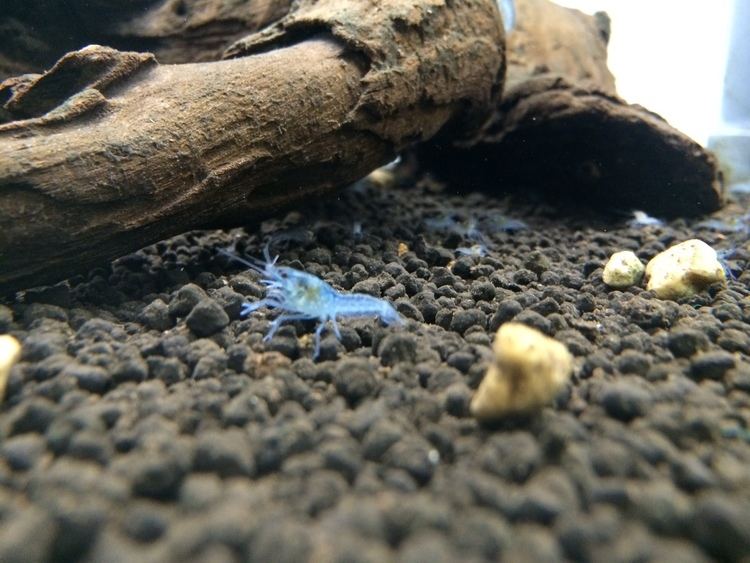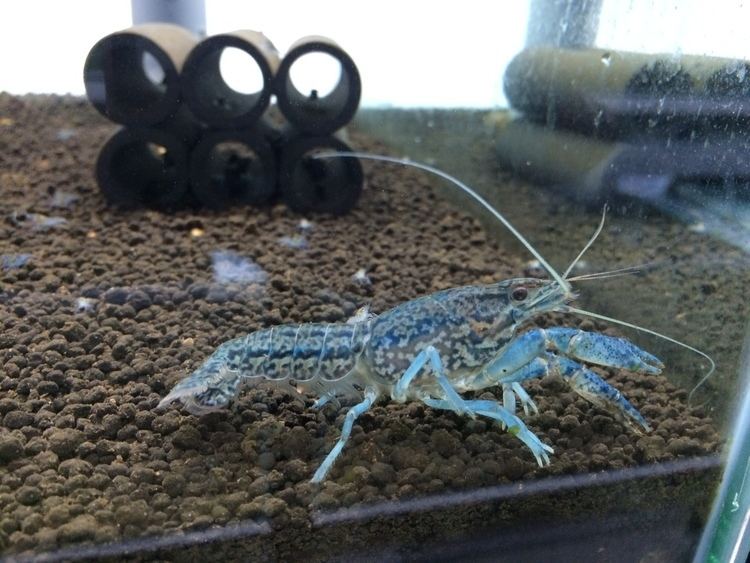Kingdom Animalia Family Cambaridae Phylum Arthropoda Rank Subspecies | Subphylum Crustacea Genus Procambarus Higher classification Procambarus fallax Order Decapoda | |
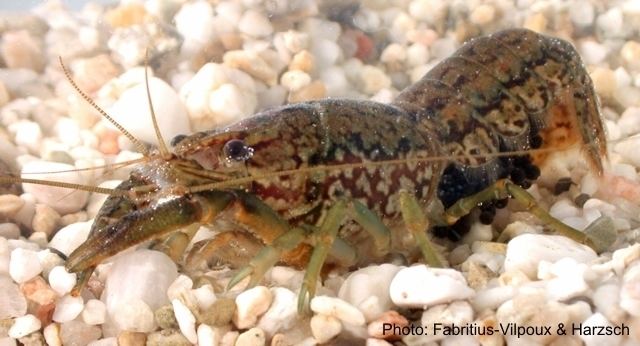 | ||
Scientific name Procambarus fallax forma virginalis Similar Procambarus, Crustacean, Blue crayfish, Caridina breviata, Orconectes limosus | ||
Marmorkrebs
Marmorkrebs, or marbled crayfish, are parthenogenetic crayfish that were discovered in the pet trade in Germany in the 1990s. Procambarus fallax forma virginalis is an informal subspecies designation for marmorkrebs, and some researchers have proposed a new species designation, Procambarus virginalis. Marmorkrebs are closely related to the "slough crayfish", Procambarus fallax. P. fallax is widely distributed across Florida, but no natural populations of marmorkrebs are known. Information provided by one of the original pet traders as to where the marmorkrebs originated was deemed "totally confusing and unreliable". Marmorkrebs is German for "marbled crayfish".
Contents

Evil marmorkrebs
Model organism
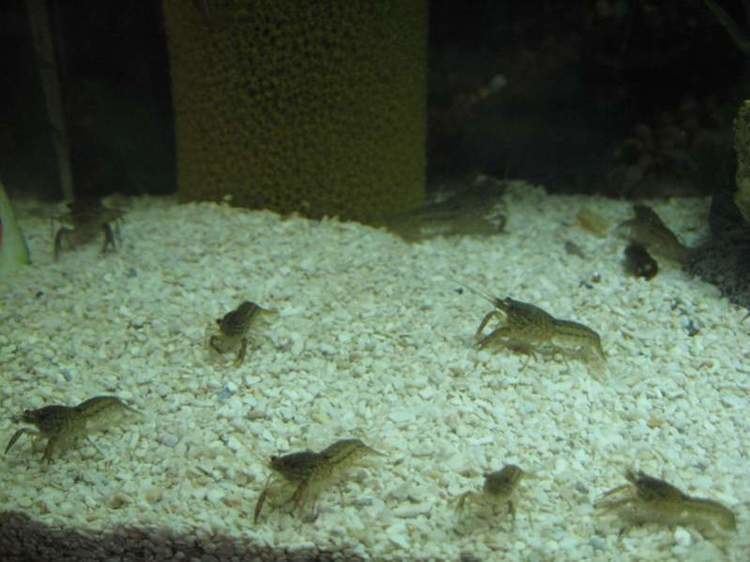
Marmorkrebs are the only known decapod crustaceans to reproduce only by parthenogenesis. All individuals are female, and the offspring are genetically identical to the parent. Marmorkrebs are triploid animals, which may be the main reason for their parthenogenetic reproduction. Marmorkrebs are thus a model for the rapid generation of species.
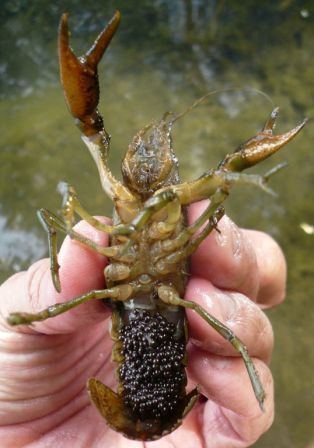
Because marmorkrebs are genetically identical, easy to care for, and reproduce at high rates, they are a potential model organism, particularly for studying development. A major drawback, however, is the long generation time (several months) compared to other research organisms.
Invasive species

Marmorkrebs have caused concern as a potential invasive species because only a single individual is needed to establish a new population, and they can reproduce at high rates. They have since been introduced into natural ecosystems on three continents. They have been found in the wild in the Czech Republic, Germany, Italy, the Netherlands, Sweden, Hungary, Slovakia, Ukraine, Madagascar, and Japan, probably through release or escape from aquaria. Marmorkrebs are one of the most widely distributed species of crayfish in the international pet trade.
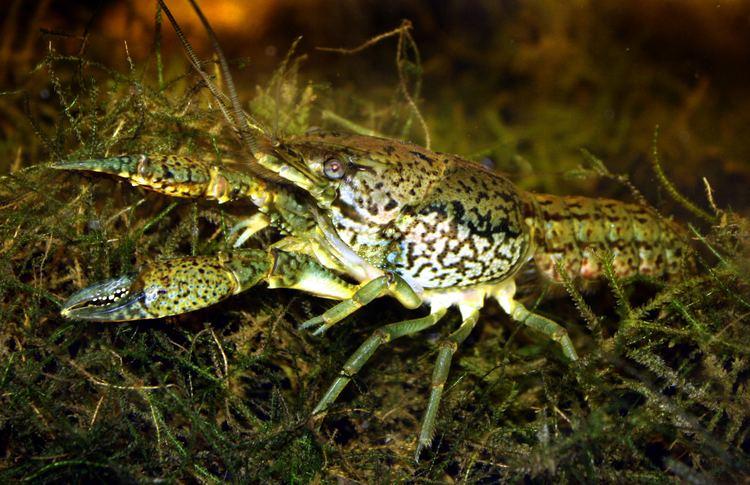
While initial reports of marmorkrebs in the wild in Europe consisted of only single individuals, the number of European countries reporting populations of marmorkrebs is rising. The European Union is in the process of instituting "a total ban on the possession, trade, transport, production and release of these species [including Marmorkrebs] in the wild".
The Madagascar population is growing rapidly, causing concern among local authorities.
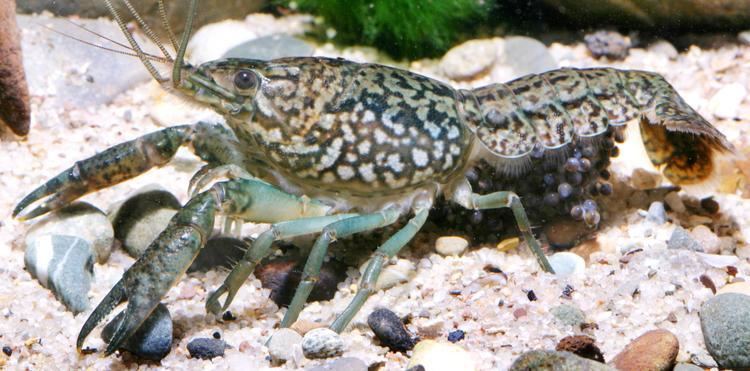
Although no cases of marmorkrebs have been found in the wild in North America, they are widely distributed among hobbyists in the North American pet trade. Due to concerns about the possible damage caused by their introduction, they are prohibited in Missouri and Tennessee.
